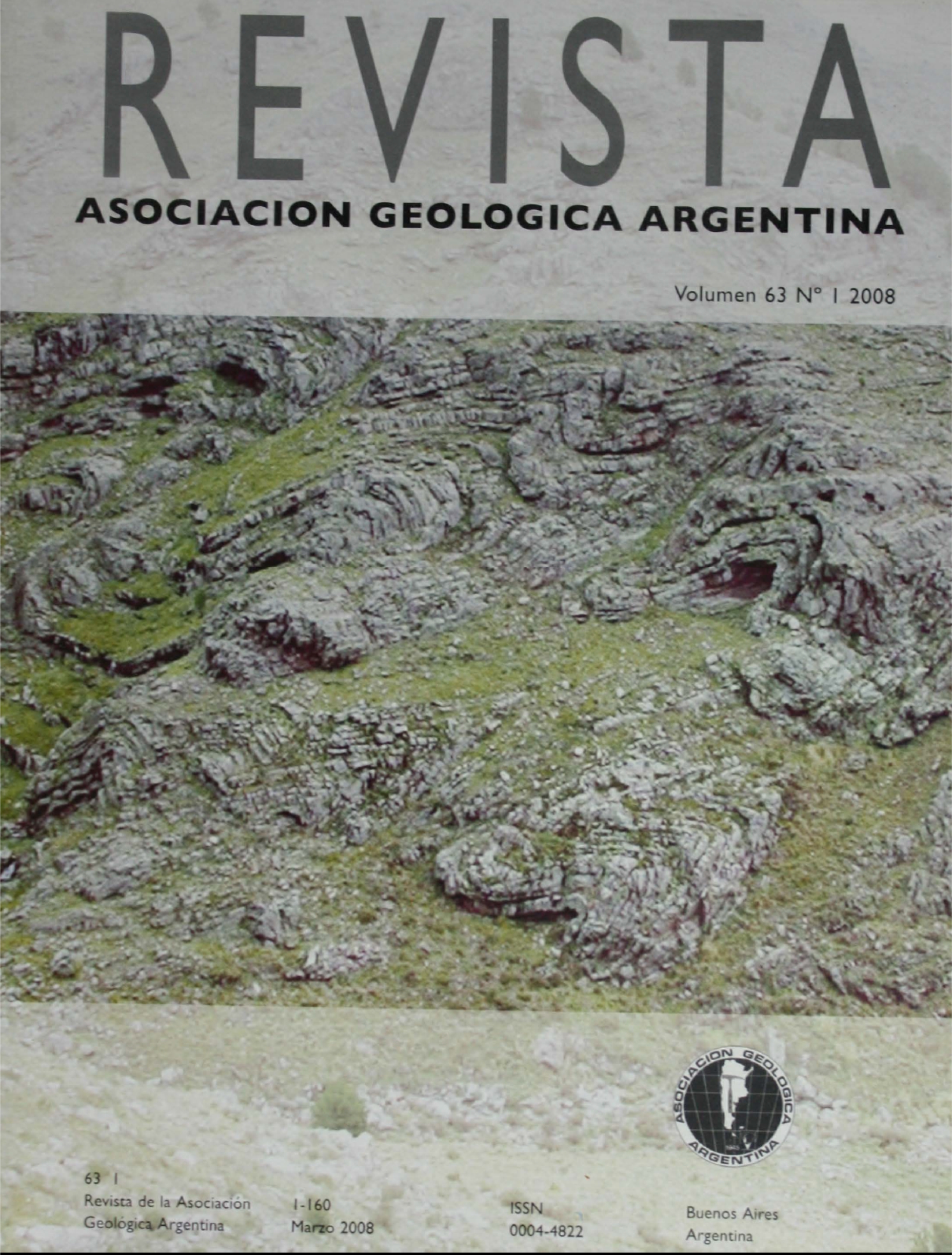Seismostratigraphic analysis of paleochannels in the sub-bottom of the Bahía Blanca estuary
Main Article Content
Abstract
The morphological configuration of the Bahía Blanca estuary (southern Buenos Aires province) is the result of hydrologic and sedimentary events linked to Quaternary variations of the sea level. From high-resolution (3.5 kHz) seismic surveys, an analysis is performed of structures of paleochannels found in the sub-bottom of the Principal and Vieja channels. These channels have been identified in different seismostratigraphic sequences. The Principal channel is thus characterized by V-shaped erosive surfaces, with a maximum width of 40 m in their upper section. They would belong to an ancient hydrological river basin, possibly related to the Colorado river. These channels were buried by fluvio-deltaic sediments, which compose a prograding seismic structure. Another set of paleochannels (located in the Vieja channel), of a pattern similar to the previous ones but with a considerably greater widths (350 m), are associated with ancient tributaries of the Napostá creek. The filled sequence would have been deposited under fluvial conditions, finally silting in an estuarine-marine environment. These paleochannels, in which shallow gas accumulations are frequent, make evident that the base level of the ancient drainage system was located below the present sea level. The marine sedimentation, produced by the Holocene transgressive-regressive process, caused the burial of the fluvial channels near the sea, and induced the modification of the drainage network.
Article Details

This work is licensed under a Creative Commons Attribution-NonCommercial 4.0 International License.
Nota de copyright
Los autores conservan los derechos de autor y garantizan a la revista el derecho de ser la primera publicación del trabajo licenciado según una licencia de atribución Creative Commons que permite a otros compartir el trabajo con el reconocimiento de la autoría y de la publicación en la que se publicó por primera vez.
Declaración de privacidad
Los nombres y direcciones de correo electrónico introducidos en esta revista se usarán exclusivamente para los fines declarados por esta revista y no estarán disponibles para ningún otro propósito u otra persona.

